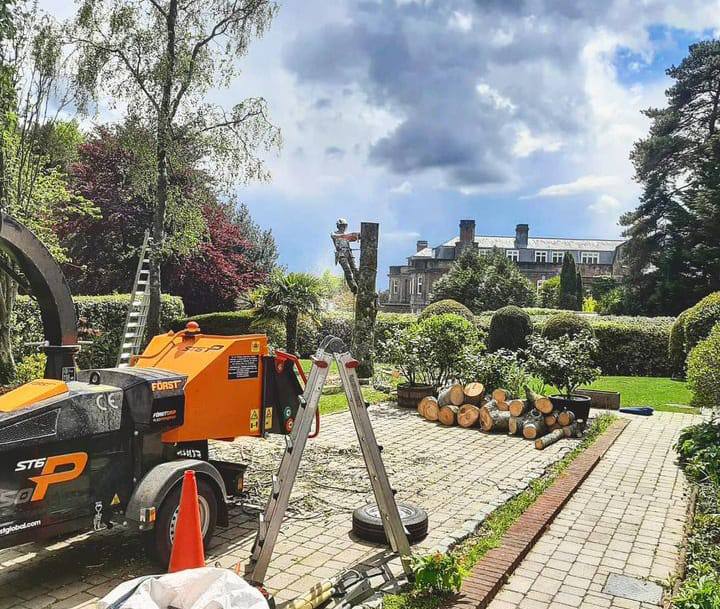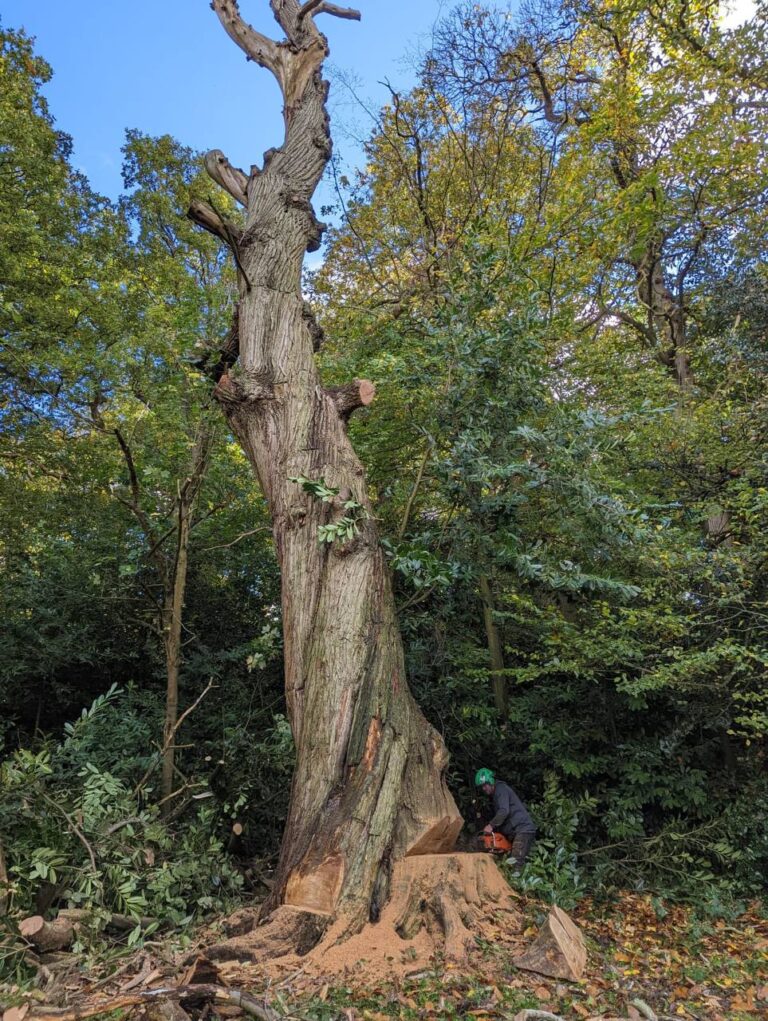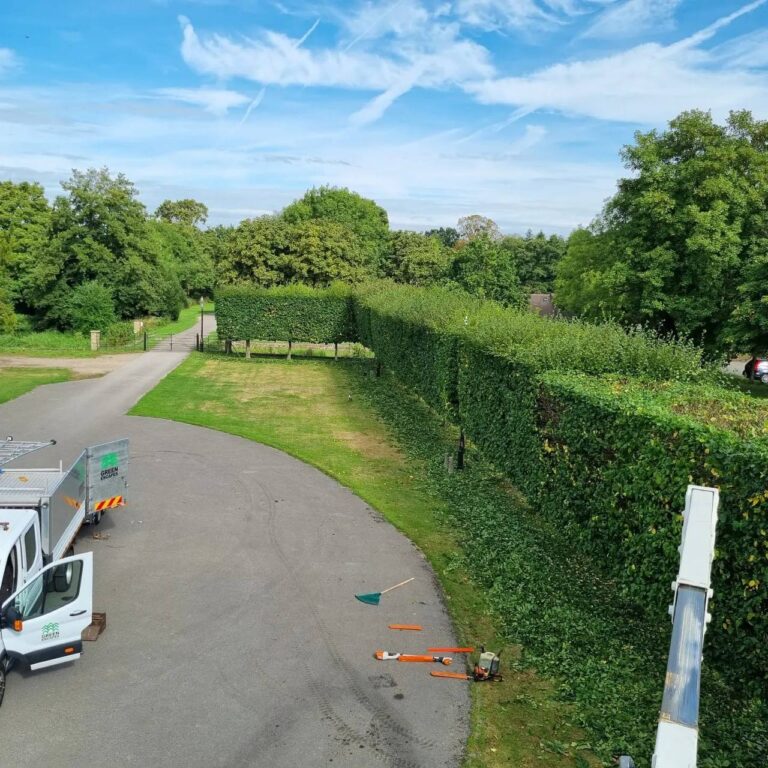Introduction: Hedges serve as natural boundaries, aesthetic features, and havens for wildlife within our landscapes. As caretakers of our outdoor spaces and the environment, it’s important to balance maintaining a well-manicured appearance and supporting local biodiversity. In this blog post, presented by The WS13 Tree Surgeons, we delve into hedge cutting and its impact on wildlife. Discover how to achieve a harmonious coexistence between your desire for a tidy landscape and the needs of the creatures that call your hedges home.
Hedge Cutting Timing Matters
One of the key considerations when trimming hedges is the timing of your pruning activities. Avoid hedge-cutting during the breeding season, typically between March and August, is recommended to minimise disruption to nesting birds and other wildlife. Before starting any cutting, inspecting the hedge for active nests and waiting until the breeding season has passed is good practice.
1. Choose Your Cuts Wisely
When trimming hedges, opt for selective cuts that maintain the hedge’s structure while creating niches for wildlife to thrive. Avoid cutting the entire hedge at once, as this can disturb nesting sites and expose animals to predators. Instead, adopt a rotational approach, cutting different sections in subsequent years.
2. Leave Some Overgrowth
While a neatly trimmed hedge might be visually appealing, some degree of overgrowth can offer essential cover and nesting opportunities for birds, insects, and small mammals. Leave some areas with slightly longer growth to create refuge spaces.
3. Create Diversity in Height
A diverse hedge with varying heights benefits different wildlife species. Birds, for example, prefer taller sections for nesting, while small mammals and insects may thrive in the lower, more sheltered parts of the hedge.
4. Berry-Bearing Shrubs
Many hedgerow plants produce berries as vital food sources for birds and other wildlife. Plan your hedge to include berry-bearing shrubs like hawthorn, blackthorn, and holly, ensuring a continuous supply of nourishment throughout the year.
5. Piles of Prunings
After trimming, consider leaving piles of prunings in a secluded corner of your garden. These piles can become important shelters for insects and small animals. Be mindful not to create large piles that might inadvertently become hazards or nesting sites for unwanted pests.
6. Monitor Wildlife Activity
Observe the wildlife in and around your hedges. If you notice nesting birds or other creatures, adjust your hedge-cutting schedule to accommodate their needs. Monitoring and adapting your practices demonstrate a commitment to supporting local biodiversity.
7. Professional Guidance
Enlisting the expertise of arborists from The WS13 Tree Surgeons can be invaluable for hedge cutting and wildlife preservation. They can provide insights into the specific needs of your local wildlife and offer advice on the best times and methods for trimming.
Conclusion: The WS13 Tree Surgeons emphasise the importance of responsible hedge cutting that respects both property owners’ aesthetic goals and local wildlife’s delicate ecosystems. By considering the timing of cuts, leaving areas of overgrowth, incorporating berry-bearing plants, and creating varied heights, you can foster a thriving environment for birds, insects, and mammals. Balancing aesthetics with biodiversity is rewarding for you as a homeowner and plays a vital role in maintaining the ecological health and balance of your local ecosystem.
Call us on: 01543 220 994
Click here to find out more about The WS13 Tree Surgeons
Click here to complete our contact form and see how we can help with your tree’s needs.



